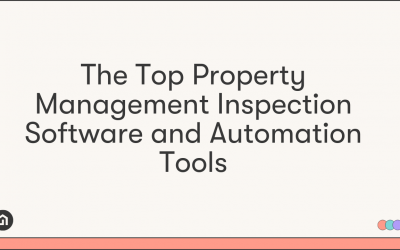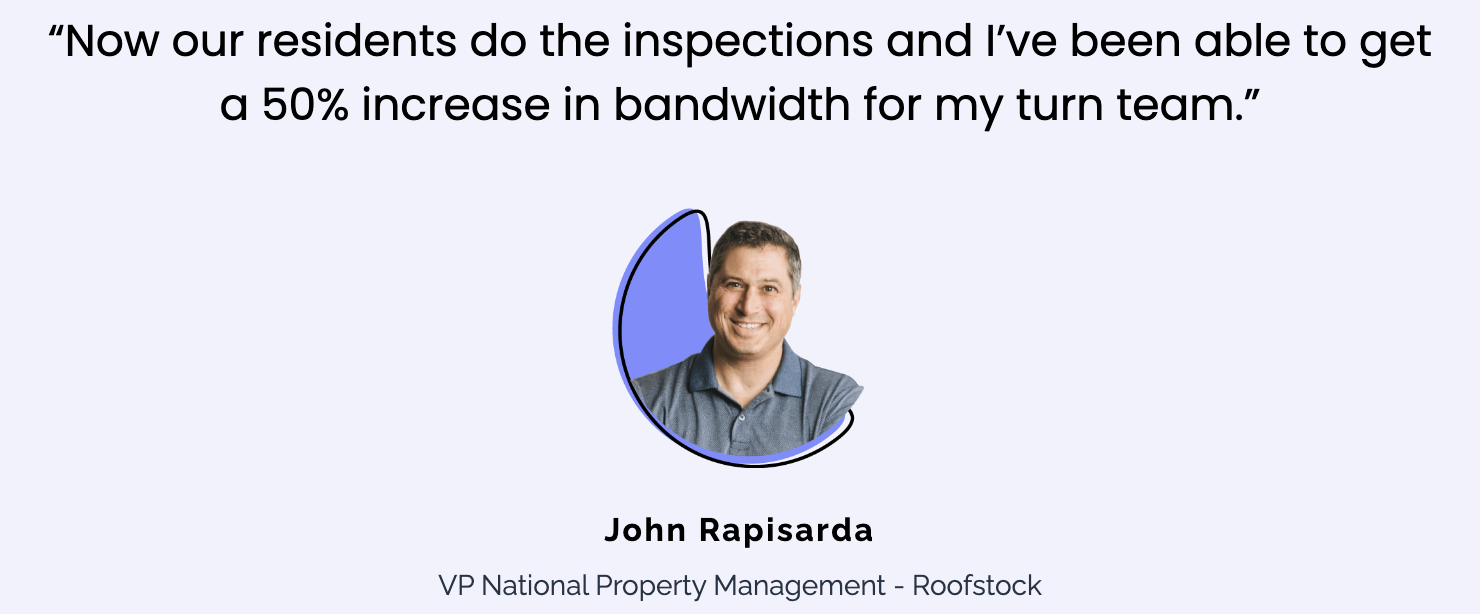PPP Small Business Loan: Step by Step Guide
The Coronavirus stimulus package, signed into law on March 27, has $377 billion allocated to support small businesses. It’s divided into three small-business programs that offer forgivable grants and loans. The bulk of the total amount allocated goes to the PPP (Paycheck Protection Program), which enables businesses to obtain up to $10 million in loans that are 100% forgivable if they do not lay off any employees or if they rehire employees that have already been laid off. A few key things to note:
- PPP is intended to cover payroll costs (up to $100k per employee), along with a few utility costs.
- If businesses keep or rehire employees by June 30, the loans are fully forgiven.
- Businesses are able to request 2.5 times their average monthly payroll costs for this loan, up to $10million
- Applications opened on April 3 for small businesses and non-profits, and applications for independent contractors and self-employed individuals will open on Friday, April 10.
For small businesses struggling, it can be a lot to navigate your way through the application process while also working through the struggles your business might be facing. So we’ve put together a step-by-step guide to help you through the process.
Step One: Ensure You Qualify
To qualify for the PPP loan, your business must have been operational on February 15, 2020, and be able to demonstrate that your business has been hurt by the economic fallout of Coronavirus. Businesses that qualify are:
- Businesses with 500 or fewer employees
- Independently owned franchises
- Self-employed workers or sole proprietors
- Businesses categorized under “Accommodation or Food Services” have 500 or fewer employees at each independent location.
Step Two: Call your bank or lender directly to indicate interest
Banks are just beginning to accept applications and calling to indicate interest can help get your business in the queue quickly. Call centers at most banks are slammed right now and wait times are high. Many banks will have online information, so also look for that first. Otherwise, prepare to have an activity to do while on hold, maybe that activity is step 3…
Step Three: Download the application form and prepare to provide information about payroll costs
The application form can be found on the SBA’s website. Businesses should also be prepared to provide documents that demonstrate their monthly payroll and operational costs including payroll tax filing and rental contracts.
Costs that can be included in this are:
- worker salaries
- paid leave
- healthcare benefits
- commissions, and tips.
Average monthly payroll costs will be calculated using the monthly costs the business experienced from February 15 to June 30, 2019.
Step 4: Understand the terms for loan forgiveness and repayment
The loan is only 100% forgiven if businesses do not lay off workers at all or if they rehire workers by June 30, 2020. Part of the loan will not be forgiven if:
- an employee is laid off and not re-hired
- wages to any worker are reduced by more than 25% during the time a business is using the loan.
- The loan is used for costs not approved by the bill
The necessary loan repayment will have an interest rate beginning at 1-percent and could be deferred for 6 months, with a 2-year max term of repayment.
Step 5: Submit Application and Required Documentation to Your Bank
The goal has been same-day approval for loans, but it’s not clear yet how quickly money will be granted.
Step 6: Keep a keen eye for phishing and spam.
Because this is such a rushed process, it makes for a very open environment for scammers and phishing emails. If something looks suspicious, talk to your bank to ensure it’s legitimate before moving forward.
The Coronavirus stimulus package, signed into law on March 27, has $377 billion allocated to support small businesses. It’s divided into three small-business programs that offer forgivable grants and loans. The bulk of the total amount allocated goes to the PPP (Paycheck Protection Program), which enables businesses to obtain up to $10 million in loans that are 100% forgivable if they do not lay off any employees or if they rehire employees that have already been laid off. A few key things to note:
- PPP is intended to cover payroll costs (up to $100k per employee), along with a bit of utility costs.
- If businesses keep or rehire employees by June 30, the loans are fully forgiven.
- Businesses are able to request 2.5 times their average monthly payroll costs for this loan, up to $10million
- Applications opened on April 3 for small businesses and non-profits, and applications for independent contractors and self employed individuals will open on Friday April 10.
For small businesses struggling, it can be a lot to navigate your way through the application process while also working through the struggles your business might be facing. So we’ve put together a step by step guide to help you through the process.
Step One: Ensure You Qualify
To qualify for the PPP loan, your business must have been operational on February 15, 2020 and be able to demonstrate that your business has been hurt by the economic fallout of Coronavirus. Businesses that qualify are:
- Businesses with 500 or fewer employees
- Independently owned franchises
- Self-employed workers or sole proprietors
- Businesses categorized under “Accommodation or Food Services” that have 500 or fewer employees at each independent location.
Step Two: Call your bank or lender directly to indicate interest
Banks are just beginning to accept applications and calling to indicate interest can help get your business in the queue quickly. Call centers at most banks are slammed right now and wait times are high. Many banks will have online information, so also look for that first. Otherwise, prepare to have an activity to do while on hold, maybe that activity is step 3…
Step Three: Download the application form and prepare to provide information about payroll costs
The application form can be found on the SBA’s website. Businesses should also be prepared to provide documents that demonstrate their monthly payroll and operational costs including payroll tax filing and rental contracts.
Costs that can be included in this are:
- worker salaries
- paid leave
- healthcare benefits
- commissions, and tips.
Average monthly payroll costs will be calculated using either monthly costs the business experienced from February 15 to June 30, 2019.
Step 4: Understand the terms for loan forgiveness and repayment
The loan is only 100% forgiven if businesses do not lay off workers at all or if they rehire workers by June 30, 2020. Part of the loan will not be forgiven if:
- an employee is laid off and not re-hired
- wages to any worker are reduced by more than 25% during the time a business is using the loan.
- The loan is used for costs not approved by the bill
Necessary loan repayment will have an interest rate beginning at 1-percent, and could be deferred for 6 months, with a 2-year max term of repayment.
Step 5: Submit Application and Required Documentation to Your Bank
The goal has been same-day approval for loans, but it’s not clear yet how quickly money will be granted.
Step 6: Keep a keen eye for phishing and spam.
Because this is such a rushed process, it makes for a very open environment for scammers and phishing emails. If something looks suspicious, talk to your bank to ensure it’s legitimate before moving forward.
















